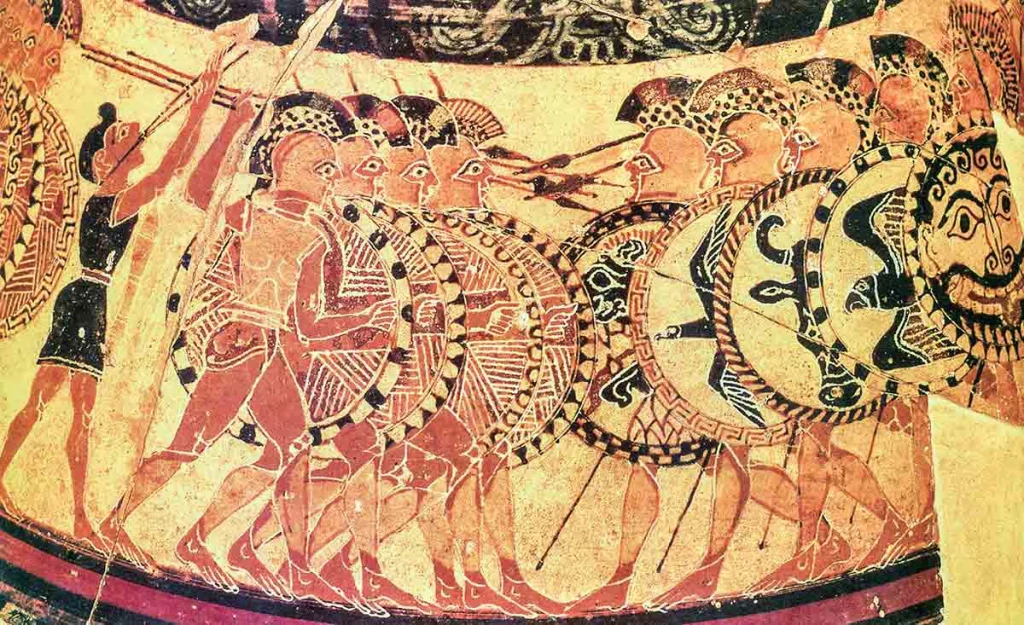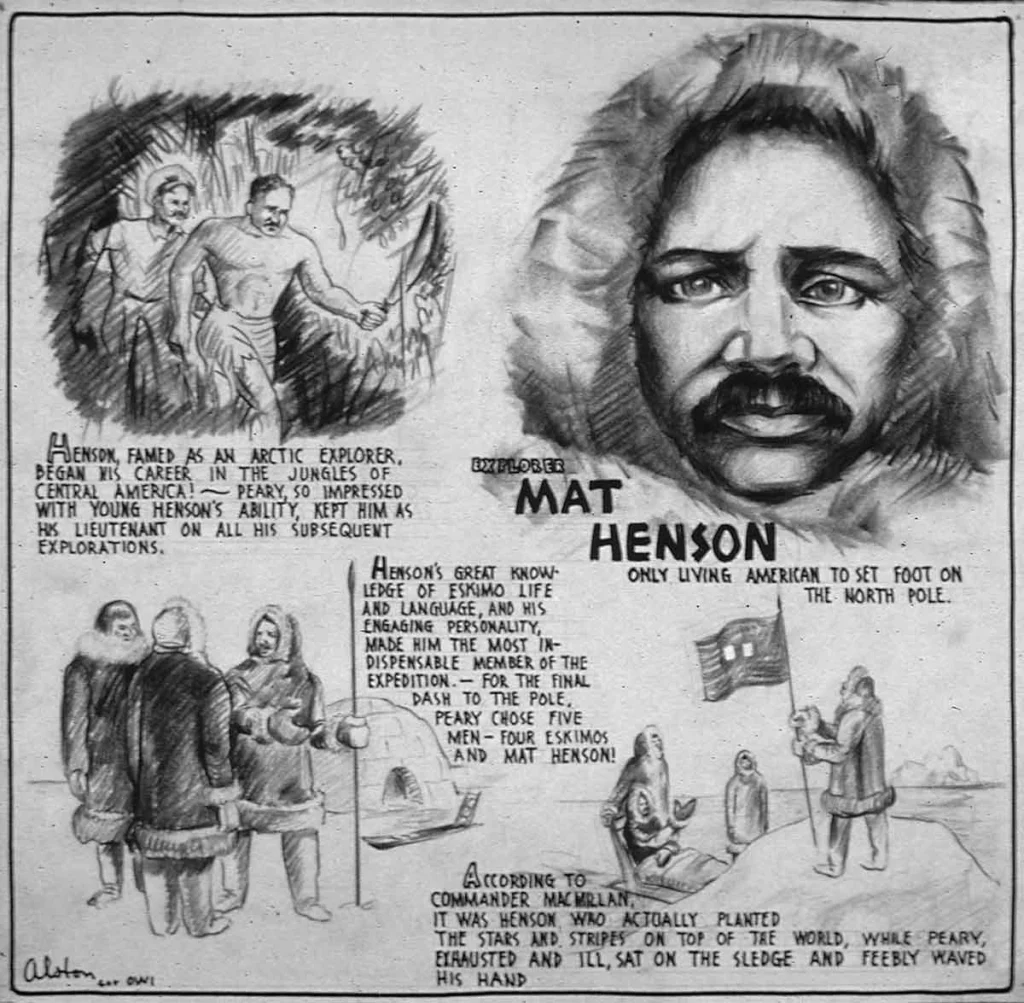On a chilly November night in 1895, in a dimly lit lab in Würzburg, Germany, Wilhelm Conrad Röntgen was experimenting with cathode rays—streams of electrons inside a vacuum tube. He covered the tube with black cardboard to block visible light, but noticed something strange: a nearby screen painted with barium platinocyanide began to glow.
No light should have escaped the covered tube. Yet something—some unknown ray—was slipping through.
Röntgen had just discovered X-rays, though he didn’t know it yet. He called them “X” for unknown—and within weeks, he would realize that these mysterious rays could pass through solid matter, flesh, and wood—but not bone or metal.
He had found a way to see the invisible.
🦴 The First Human X-Ray
Soon after his initial observation, Röntgen conducted more experiments. He inserted his hand between the ray source and a photographic plate. When the image was developed, he saw something astonishing: the silhouette of his flesh, the shape of his bones, and the glint of his wedding ring.
It was the first X-ray image of a human body part.
Later, he took a more refined image of his wife Bertha’s hand. When she saw the skeletal photograph, she is said to have exclaimed:
“I have seen my own death!”
Though dramatic, her reaction captured the mix of awe and unease that this discovery sparked.
In the age of gas lamps and early telephones, here was a machine that could look inside the human body without cutting it open.
🧪 What Are X-Rays?
X-rays are a form of electromagnetic radiation, like light or radio waves, but with much shorter wavelengths and higher energy. This allows them to penetrate most materials—except for dense substances like bone or lead.
In Röntgen’s day, scientists were still exploring the strange behaviors of electricity and magnetism. His discovery came just before the birth of modern physics, and helped lay the groundwork for it.
Today, we understand that X-rays are produced when high-speed electrons strike a metal target, emitting photons that can pass through soft tissues and be captured on film or digital sensors.
🏥 Medicine Transformed Overnight
The medical world didn’t hesitate. Within weeks of Röntgen’s announcement, physicians began using X-rays to locate bullets, diagnose fractures, and investigate internal injuries.
For the first time in human history, doctors could see inside the living body without surgery.
Hospitals across Europe and America rushed to build X-ray machines. Patients flocked to clinics, amazed to see images of their own bones. The British Army used X-rays to treat wounded soldiers during the Second Boer War (1899–1902). In the Russo-Japanese War, mobile X-ray units traveled to field hospitals.
The technology wasn’t perfect—early X-rays required long exposures and sometimes caused burns. But the potential was undeniable.
👩🔬 The Hidden Costs: Early Risks and Sacrifices
In the excitement of discovery, many overlooked the dangers of X-rays.
Radiation wasn’t fully understood, and safety precautions didn’t exist. Scientists, doctors, and photographers exposed themselves repeatedly, sometimes suffering burns, hair loss, or cancer.
Pioneers like Clarence Dally, an assistant to Thomas Edison, died from radiation-induced cancer. His death became one of the first high-profile cases to highlight the risks of ionizing radiation.
Eventually, lead shielding, shorter exposure times, and stricter safety protocols were introduced. But the early years were marked by sacrifice, as science moved forward without a full understanding of its hazards.
🏆 Honors and Impact
Wilhelm Röntgen, a quiet and modest man, refused to patent his discovery. He believed it belonged to humanity. In 1901, he became the first recipient of the Nobel Prize in Physics.
His discovery paved the way for a century of innovation:
- Radiology became a cornerstone of modern medicine.
- CT scans, mammography, and fluoroscopy all stemmed from X-ray imaging.
- X-rays also transformed dentistry, security screening, and materials science.
Beyond medicine, the discovery was a major step toward atomic physics, influencing great minds like Marie Curie, Niels Bohr, and Albert Einstein.
🧬 A Legacy Still Glowing
Over a century later, X-rays remain one of the most widely used and valuable tools in healthcare. From broken arms to cancer screenings, millions of patients benefit every day from the technology that sprang from Röntgen’s glowing screen.
In museums today, you can still see the first X-ray images—ghostly bones on black plates, eerie and beautiful. They remind us not only of what science can uncover, but also of the curiosity and courage that drive discovery.









































